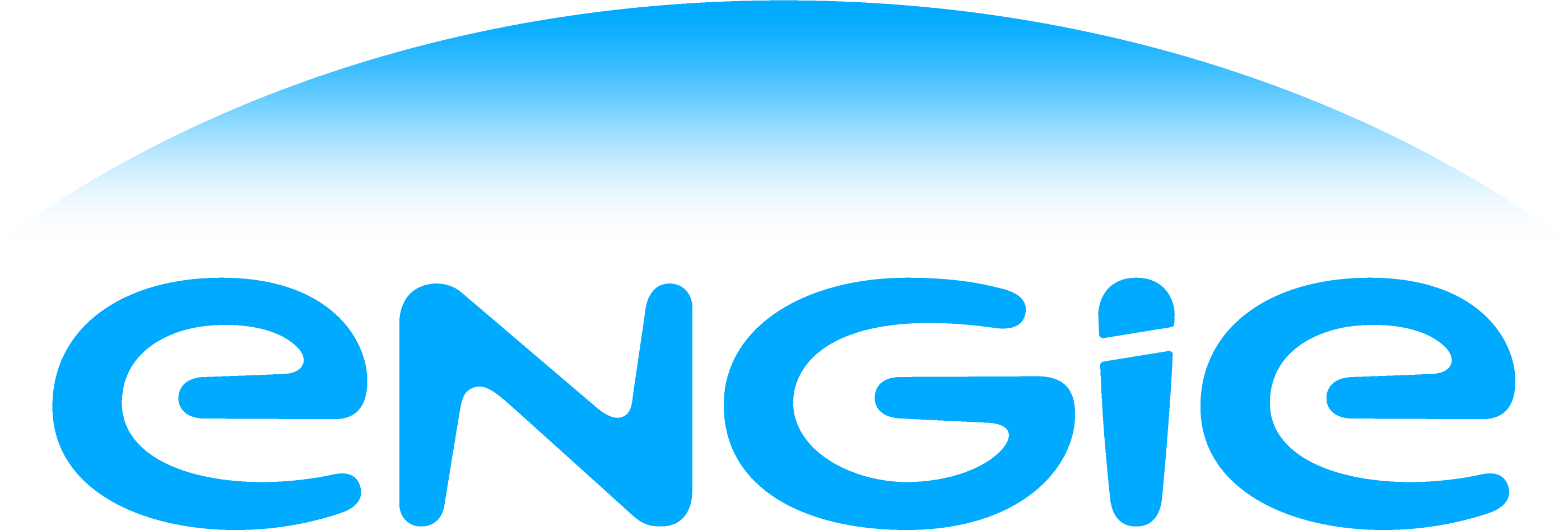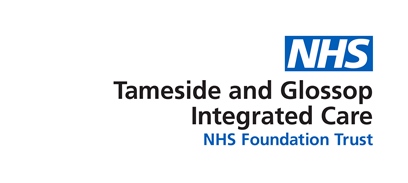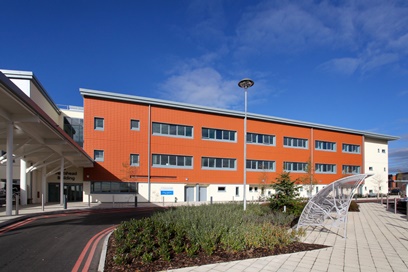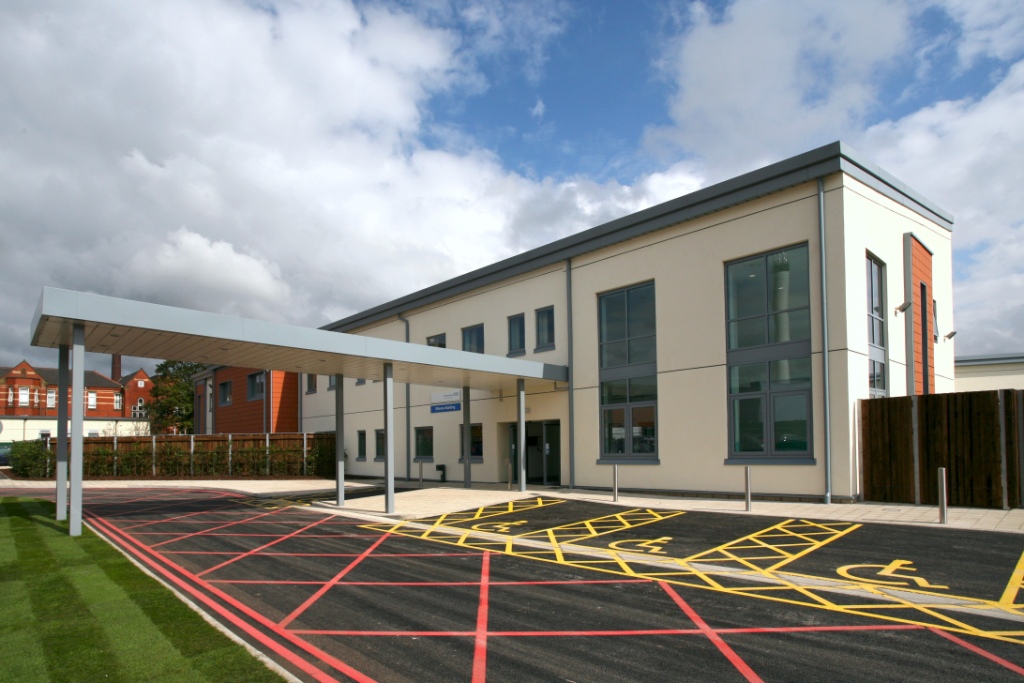Title Page
-
-
-
Conducted on
-
Prepared by
-
Personnel
-
Location
-
Please select the Plant Room identification.
- Hartshead South W Plantroom
- Hartshead South T Plantroom
- Hartshead South LG FM Areas
- Energy Centre
- Etherow Plantrooms
- Workshop and Offices
1. Before You Start
-
1. Have you reviewed actions arising from your previous inspection report?
2. Evacuation
-
1. Is your nearest emergency exit clearly signed and accessible?
-
2. Are fire doors clear of obstructions and able to close freely?
3. Fire and First Aid Elements
-
1. Are the fire extinguishers signposted and clearly visible?
-
2. Are the fire extinguishers the correct type for the hazards of the area?
-
3. Are Fire Extinguishers within the next Service due date
-
4. Are overhead fire sprinkler and detector heads clear of obstructions?
-
5. Is there a first aid kit within 4 minutes of the area?
4. Egress / Floors / Passageways
-
1. Are walkways and handrails defect free, clear of obstruction and clearly marked?
-
2. Are walkways and floor surfaces even, free from slip and trip hazards and any openings in the floor protected?
-
3. Are all access doors open freely and are safe and secure from falling off their tracks and/or hinges?
5. Storage and Housekeeping
-
1. There are no bins or rubbish left behind by others?
-
2. Is storage safe, orderly and secure?
-
3. Has obsolete equipment been removed?
-
4. Is housekeeping of an adequate standard?
6. Lighting
-
1. Is there adequate lighting for tasks performed?
-
2. Are the light switches near entrance and easily accessible?
7. Electrical
-
1. Are the switches/power points in good working order? (if applicable)
-
2. Are electrical conduits free from buildup of water and corrosion?
-
3. Is all electrical equipment tested and tagged (including portable Residual Current Devices [RCD])?
-
4. There are no power boards and electrical power leads/ cords on the floor (tripping hazard)?
-
5. There are no piggy back power boards and/or extension cords?
-
6. There are no frayed, defective or stretched electrical power leads?
8. Chemicals
-
1. Are all chemicals (including solutions) labelled appropriately?
-
2. Are all incompatible chemicals segregated?
-
3. Are material safety data sheets (MSDS) available and current (within 5 years)?
-
4. Where required, are spill kits complete and accessible?
9. Plant
-
1. Is there adequate working space for operators of plant/equipment?
-
2. Are appropriate safe guards and interlocking on plant where required?
-
3. Have all guard covers been placed back securely on equipment?
-
4. Is plant that is under pressure tested?
-
5. Is equipment that is under pressure eg gas cylinders, compressors, suitably stored and located?
-
6. Is there a test certificate for cranes, hoists & lifting tackle and is the equipment marked clearly with the maximum loads? Are lifting chains, slings, straps etc fit for use and safe?
-
7. Have safety features or warning devices on the plant/equipment been appropriately maintained and tested on a regular basis.
-
8. Is noise level damaging? If yes then is it mandatory to wear ear protection within this area?
-
9. If required (as indicated by signage), is Personal Protective Equipment available for use with Plant (eg hearing protection, gloves etc), and is it clean?
10. Environment and Pest/Vermin
-
1. Is there any build up of water? (water pooling, leakage, broken or blocked drains etc)
-
2. Is the area free from signs of pest & vermin infestations that may pose a health hazard? (e.g wasps, spiders, rodents, snakes etc)
-
3. Is the area free from bird activity which may cause a hazard?
11. Other
-
1. Is the plant room kept locked and accessible only to authorised personnel?
-
2. Does the area have hand washing facilities available?
-
3. Any other damage or defects noticed during this inspection?
-
4. The are no other items to be actioned from this inspection?
Signatures:
-
Add signature
-
Add signature
-

















